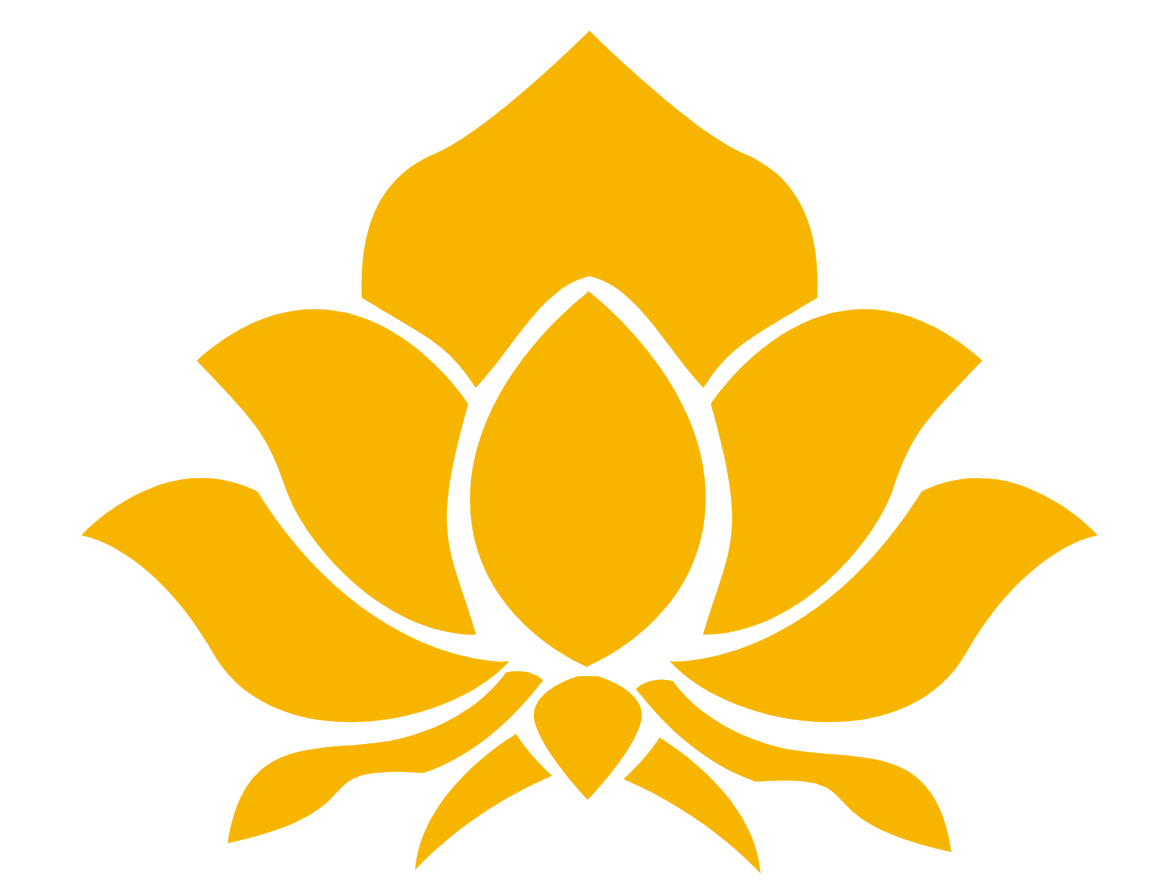If you’ve ever wondered what causes varicose veins, we’ve got you covered. Understanding the common causes of this condition can be crucial for those ready to buy a product or seek a solution. Whether you’re looking to address varicose veins or want to learn more about the topic, knowing the typical concerns and needs of individuals seeking services or products related to this condition is essential. So, let’s dive into the causes of varicose veins and gain a better understanding of this common issue.
Causes of Varicose Veins
Varicose veins are a common condition in which the veins become enlarged and twisted, typically appearing as blue or purplish bulging veins on the legs. While they are often seen as a cosmetic concern, varicose veins can also cause discomfort and pain. Understanding the causes of varicose veins can help in their prevention and treatment. Here are some of the common causes of varicose veins:
join our newsletter to get alerts
Heredity
One of the most significant factors in the development of varicose veins is heredity. If you have a family history of varicose veins, you are more likely to develop them yourself. This is because the tendency to have weak vein valves or walls is often passed down through generations. Therefore, if your parents or grandparents have varicose veins, it’s essential to be aware of the increased risk you may have.
Pregnancy
Another common cause of varicose veins is pregnancy. During pregnancy, the body experiences hormonal changes and an increase in blood volume, which can put pressure on the veins. Additionally, the expanding uterus can obstruct blood flow from the lower body, leading to an accumulation of blood in the veins. As a result, many pregnant women develop varicose veins, especially in the legs and pelvic area. Fortunately, varicose veins caused by pregnancy often improve within a few months after giving birth.
Age
Varicose veins are more commonly seen in older adults. As we age, the valves in our veins become weaker and less efficient, leading to blood pooling and the development of varicose veins. The aging process also contributes to the loss of elasticity in the veins, making them more susceptible to enlargement and twisting. While varicose veins can occur at any age, they are more prevalent in individuals above the age of 50.
Gender
While varicose veins can affect both men and women, they are more commonly seen in women. Hormonal fluctuations, especially during pregnancy and menopause, contribute to the development of varicose veins. Additionally, female hormones, such as estrogen and progesterone, can weaken the vein walls and valves, making women more susceptible to varicose veins.
Obesity
Being overweight or obese puts extra pressure on the veins, making it more challenging for the blood to circulate properly. The excess weight also strains the valves in the veins, leading to their weakening and the development of varicose veins. Additionally, obesity often contributes to a sedentary lifestyle, which further impairs blood flow. It is essential to maintain a healthy weight to reduce the risk of varicose veins and promote overall cardiovascular health.
Prolonged periods of standing or sitting
Jobs that require prolonged periods of standing or sitting can increase the risk of developing varicose veins. When we stand or sit for long durations, the blood has to work against gravity to flow back to the heart, putting additional stress on the veins. This can lead to poor circulation and the formation of varicose veins. If your job involves prolonged standing or sitting, it is crucial to take regular breaks and engage in activities that promote blood flow, such as walking or stretching.
Hormonal changes
Hormonal changes, particularly fluctuations in estrogen and progesterone levels, play a significant role in the development of varicose veins. These hormones can weaken the vein walls and valves, making them more prone to stretching and malfunctioning. Hormonal changes can occur during various stages of life, such as puberty, pregnancy, and menopause, contributing to the increased incidence of varicose veins during these times.
Previous history of blood clots
Having a history of blood clots, also known as deep vein thrombosis (DVT), increases the risk of developing varicose veins. DVT can damage the valves and walls of the veins, leading to blood pooling and venous insufficiency. The damaged veins are more likely to develop varicose veins over time. If you have a history of DVT, it’s crucial to consult with a healthcare professional about preventive measures and treatments to reduce the risk or progression of varicose veins.
Medical conditions
Certain medical conditions can contribute to the development of varicose veins. Conditions such as chronic venous insufficiency, venous malformations, and phlebitis can impair the proper functioning of the veins, leading to varicose vein formation. Additionally, conditions that increase intra-abdominal pressure, such as liver disease or tumors, can also cause varicose veins by obstructing blood flow. It is important to manage any underlying medical conditions to minimize the risk of developing or worsening varicose veins.
Injury or trauma
Injuries or trauma to the legs can damage the veins and result in the development of varicose veins. When the veins are injured, the valves or walls may become weakened, leading to blood pooling and visible veins. It is essential to seek timely medical attention for any leg injuries or trauma to reduce the likelihood of developing varicose veins.
In conclusion, there are several factors that contribute to the development of varicose veins. Heredity, pregnancy, age, gender, obesity, prolonged periods of standing or sitting, hormonal changes, previous history of blood clots, medical conditions, and injury or trauma all play a role in the formation of varicose veins. By understanding these causes, individuals can take preventive measures and seek appropriate treatments to manage varicose veins effectively.
